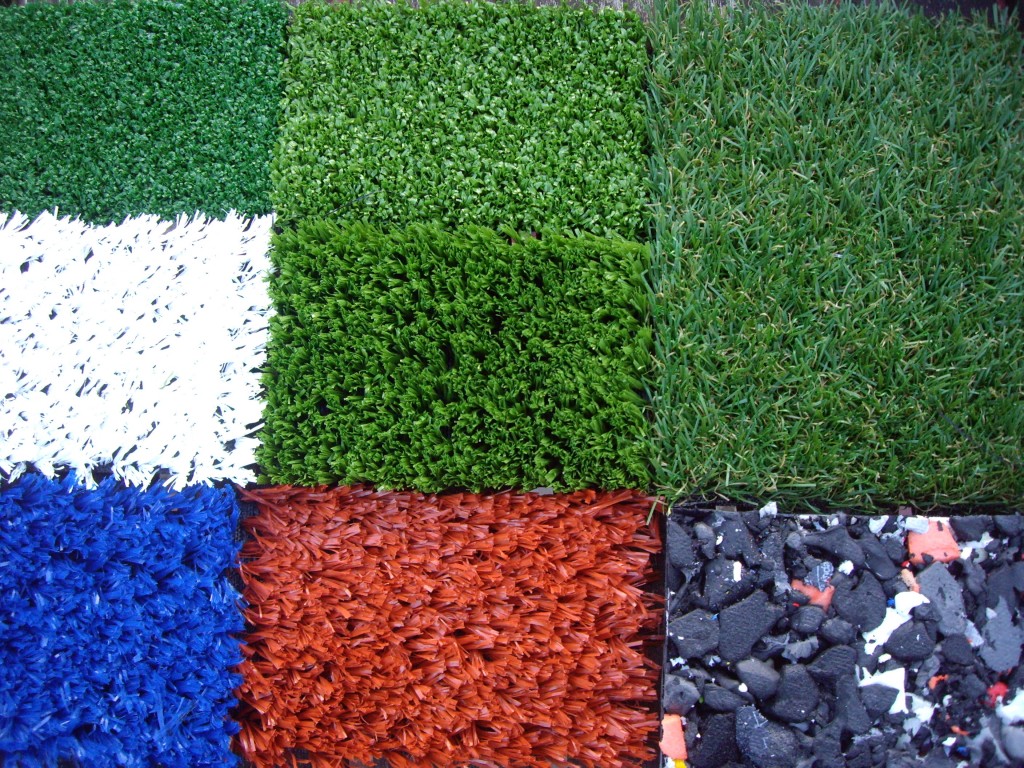In today’s fast-paced environment, homeowners are constantly seeking ways to streamline their lifestyle and improve their exterior areas. As a result of the growth of synthetic turf, numerous opt for fake grass as a effective option that offers both aesthetic appeal and convenience. But why might fake grass be the best lawn decision for one's lifestyle? The answer lies in its multiple benefits that address a diverse requirements and desires.
Starting with cutting down time on mowing to eliminating the hassle of seasonal upkeep, artificial grass presents a low-maintenance alternative that can change any yard. As an increasing number of individuals realize the perks of synthetic turf, featuring eco-friendly advantages and all-year perfection without the worry of muddy patches, the demand for fake grass is on the rise. Regardless of whether you have a active family, playful pets, or a compact urban garden, the benefits of artificial grass can improve your living space while making yard maintenance a breeze.
Advantages of Fake Grass
One of the major benefits of fake grass is its minimal upkeep appeal. In contrast to real grass, which requires regular mowing, watering, and fertilizing, synthetic turf offers a no-fuss solution for homeowners. This allows you to spend more time enjoying your yard rather than constantly working on it. Say goodbye to mowing and the never-ending maintenance that accompanies a natural lawn, enabling you to focus on leisure activities and family time.
An additional noteworthy benefit of artificial grass is its capacity to withstand different weather conditions. Whether experiencing scorching Low-maintenance fake grass companies , heavy rain, or snowfall, fake grass is resilient. This durability guarantees that your lawn remains green and beautiful all year round, eliminating the worry of brown patches or muddy areas. Homeowners value how artificial turf can manage high traffic, making it particularly suitable for families with children or pets.
In addition, installing fake grass offers considerable long-term savings. By removing the need for water, fertilizers, and professional landscaping services, homeowners can experience a significant reduction in their monthly bills. https://mcclure-martens-3.mdwrite.net/selecting-fake-turf-for-your-garden-a-smart-decision -friendly benefits of synthetic turf are also noteworthy, as it conserves water and minimizes the use of chemicals, making it a smart investment for those looking to create a greener lifestyle without sacrificing aesthetics.
Cost and Maintenance Benefits

One major reason residents choose artificial grass is the significant long-term monetary savings that it provides. Even though the first installation cost may be more expensive than planting natural grass, the non-existence of ongoing maintenance expenses renders fake turf a wise investment. You won't have to spend money on lawn care services, fertilizers, or additional water bills, all of which add up with time. Instead, with artificial turf, you can anticipate steady savings every year, permitting you to allocate those funds to different home improvements or personal interests.
Maintenance is a significant selling point for artificial grass. With natural grass, you face regular mowing, trimming, and weeding, tasks that can consume precious time during your weekends. Fake grass gets rid of these tasks entirely, allowing you to enjoy your outdoor space without the trouble of regular upkeep. For hectic homeowners, that means more time to dedicate with family and friends rather than cutting grass or removing weeds.
Moreover, artificial grass is designed to withstand heavy use, making it an excellent solution for families with children and pets. Compared to real grass, which can become patchy and muddy, fake turf maintains its visual appeal and usability throughout the year. It provides a safe and neat play area for kids and pets while also preventing the wear and tear that typically comes with high-traffic yards. This durability adds to the overall cost-effectiveness of artificial grass, as homeowners do not have to replace grass or refill damaged areas each season.
Environmental Impact of Synthetic Turf
Artificial turf has gained traction not only for its aesthetic appeal but also for its ecological advantages. like it is the reduction of water consumption. Traditional lawns require substantial quantities of water to maintain their green appearance, especially in drought-prone areas. By switching to fake grass, homeowners can conserve this valuable resource, leading to lower water bills and a reduced overall environmental footprint. This crucial benefit aligns well with the growing emphasis on sustainable living and responsible water management.
Moreover, artificial grass eliminates the need for toxic fertilizers and pesticides often used in maintaining natural lawns. Many of these substances can runoff into local bodies of water, causing contamination and damaging aquatic life. The lack of these chemicals with synthetic turf means healthier play areas for children and pets, as well as a better environment overall. This feature of fake grass demonstrates a commitment to eco-friendly practices, substantially contributing to a fresher and greener community.
Another noteworthy consideration is the durability of synthetic turf when contrasted with real grass. Premium synthetic lawns can last for over a ten years with little maintenance, reducing the need for regular replacements and the associated waste. The production of artificial turf has also advanced, with many manufacturers using recycled materials and more sustainable processes. This innovation not only aids in controlling waste but also supports the recycling industry, further enhancing the overall ecological benefits of choosing artificial grass.
